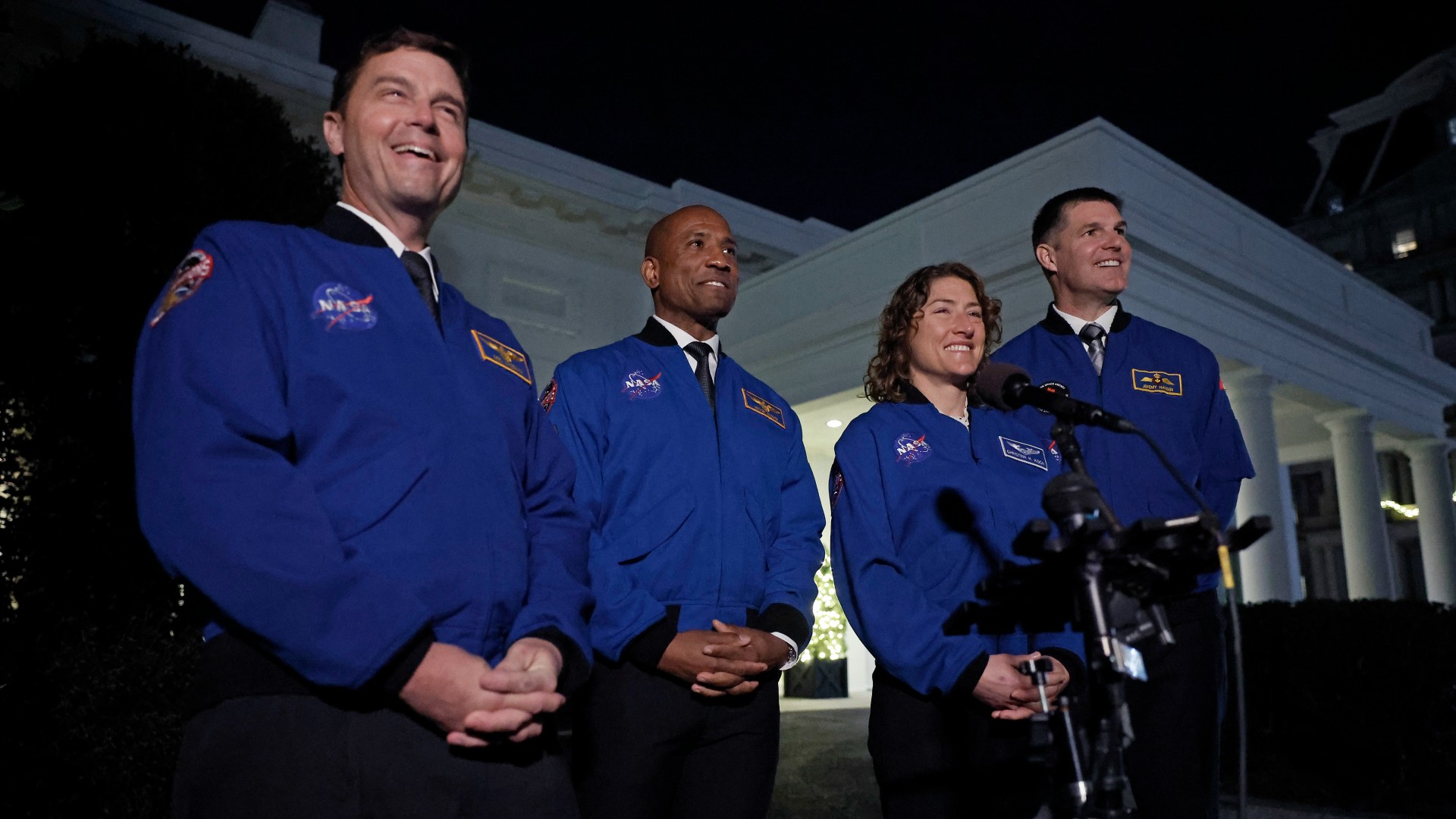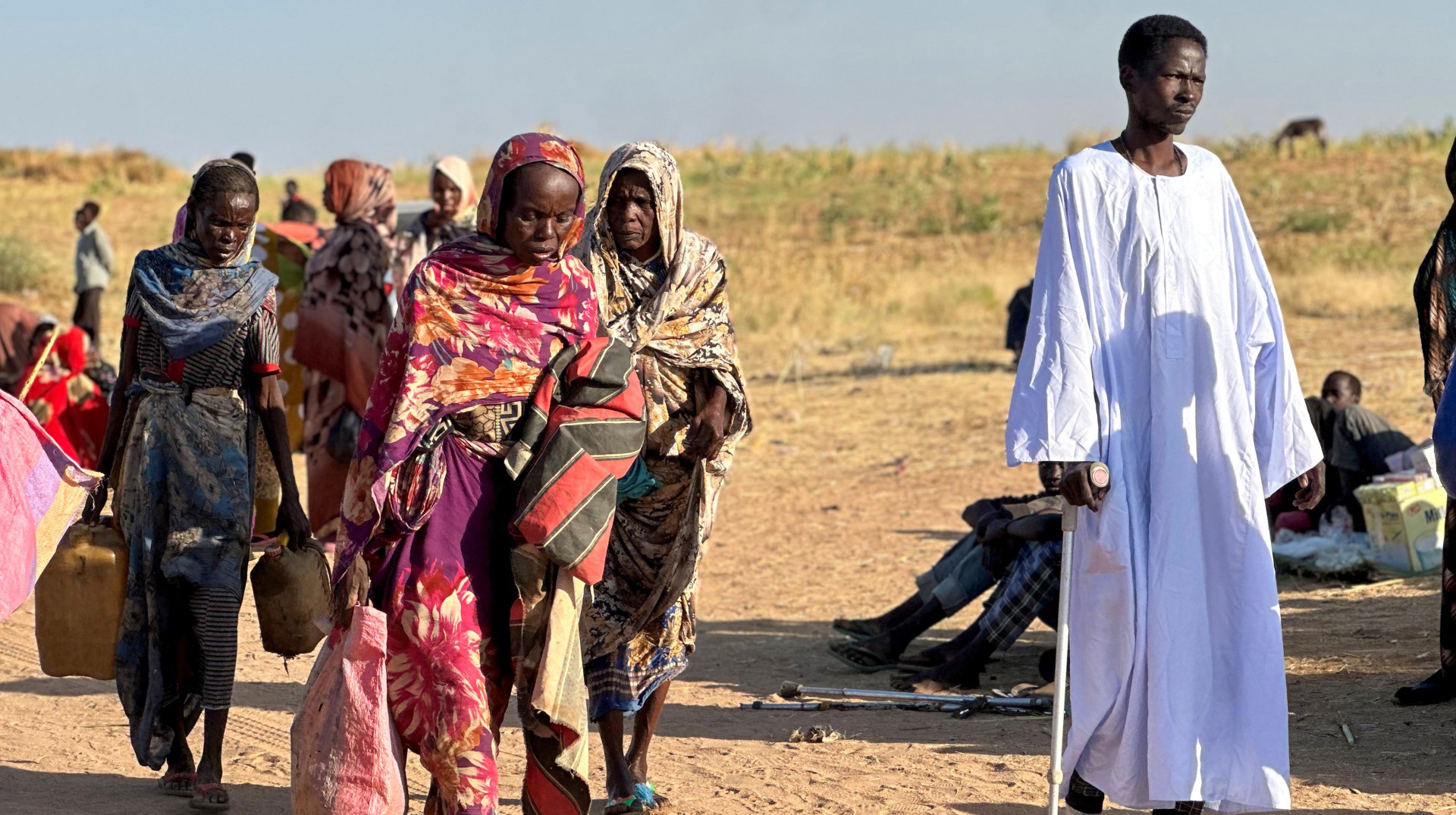Race to the Moon: the manned missions to lunar surface
China and US locked in battle for future dominance of Earth's satellite and its precious resources

Several giant leaps for mankind are in the works as the global race to put people on the Moon for the first time since the Apollo missions heats up.
This week Japan hopes to become the fifth country, after the US, China, Russia and India, to land an unmanned spacecraft on the Moon. But so far, only US astronauts – 12 men in total – have set foot on the Moon's surface.
China and the US are now both planning missions to land astronauts "in what has become a growing rivalry in space", said The Associated Press. The new cold war foes are "eyeing potential mineral resources" on the Moon, said Reuters. Establishing lunar habitats could "help support future crewed missions to other planets such as Mars". China's target date is before 2030, but the US could achieve it as soon as 2026.
The Week
Escape your echo chamber. Get the facts behind the news, plus analysis from multiple perspectives.

Sign up for The Week's Free Newsletters
From our morning news briefing to a weekly Good News Newsletter, get the best of The Week delivered directly to your inbox.
From our morning news briefing to a weekly Good News Newsletter, get the best of The Week delivered directly to your inbox.
The Week takes a look at both manned missions to the Moon.
The US Artemis programme
The US is planning to send astronauts to the lunar South Pole as part of its Artemis programme – its first crewed missions to the Moon since Apollo 17 in 1972 – with the support of Canada and several European countries.
The 26-day Artemis I mission successfully sent an uncrewed Orion space capsule to orbit the Moon at the end of 2022, in the "first big step" of Nasa's plans to land astronauts and "begin building a more permanent human presence", Politico said.
Nasa had planned to send the four-person Artemis crew on a "flyby orbit mission" this year (Artemis II), on the Lockheed-built Orion capsule. It also planned to land them on the Moon in 2025 (Artemis III), which would be the first crewed Moon landing under the Artemis programme to use Elon Musk's SpaceX's Starship.
A free daily email with the biggest news stories of the day – and the best features from TheWeek.com
But last week Nasa announced that both Artemis II and III missions would be pushed back a year, while spacecraft from SpaceX and other contractors face developmental challenges. Nasa has also been investigating "why char layer pieces from its spacecraft's heat shield were lost during the Artemis I mission", said ABC News.
"We are returning to the Moon in a way we never have before," senior Nasa official and astronaut Bill Nelson said in the statement. The safety of astronauts "is Nasa's top priority", added the former senator.
Artemis II's "Moon flyby" will now take place in September 2025. The team includes Christina Koch, an American engineer who hopes to "cement her place in the history books" and become the first woman to orbit the Earth's satellite, said New Scientist. All being well, Artemis III will now launch in September 2026.
China's Lunar Exploration Programme
China is pushing to join the ranks of major space powers and in 2019 became the first country to send a rover to the far side of the Moon. In May last year, Chinese space officials announced their intention to land astronauts on its surface by 2030.
The mission involves two rocket launches, according to Reuters, one carrying the spacecraft that will land on the surface and the other for the astronauts. Both rockets "will enter the moon's orbit and after a successful docking the astronauts will enter the lunar lander to descend onto the moon's surface".
The plan hopes to "overcome China's longstanding technological hurdle of developing a heavy-duty rocket powerful enough to send both astronauts and a lander probe", said the news site.
The lunar landing "will not be a one-off, if all goes according to plan for China", said Space.com. The country "aims to build a crewed research outpost on the moon in the 2030s, a massive project that features Russia as a partner".
Although China is still far behind the US in experience and technology, last year a senior Nasa official warned that the race between the two superpowers was getting tighter, and that Beijing could try to dominate the resource-rich locations.
"It is a fact: we're in a space race," Nelson told Politico. "And it is not beyond the realm of possibility that they say, 'Keep out, we're here, this is our territory.'"
Harriet Marsden is a senior staff writer and podcast panellist for The Week, covering world news and writing the weekly Global Digest newsletter. Before joining the site in 2023, she was a freelance journalist for seven years, working for The Guardian, The Times and The Independent among others, and regularly appearing on radio shows. In 2021, she was awarded the “journalist-at-large” fellowship by the Local Trust charity, and spent a year travelling independently to some of England’s most deprived areas to write about community activism. She has a master’s in international journalism from City University, and has also worked in Bolivia, Colombia and Spain.
-
 Political cartoons for January 4
Political cartoons for January 4Cartoons Sunday's political cartoons include a resolution to learn a new language, and new names in Hades and on battleships
-
 The ultimate films of 2025 by genre
The ultimate films of 2025 by genreThe Week Recommends From comedies to thrillers, documentaries to animations, 2025 featured some unforgettable film moments
-
 Political cartoons for January 3
Political cartoons for January 3Cartoons Saturday's political cartoons include citizen journalists, self-reflective AI, and Donald Trump's transparency
-
 What will happen in 2026? Predictions and events
What will happen in 2026? Predictions and eventsIn Depth The new year could bring peace in Ukraine or war in Venezuela, as Donald Trump prepares to host a highly politicised World Cup and Nasa returns to the Moon
-
 How Bulgaria’s government fell amid mass protests
How Bulgaria’s government fell amid mass protestsThe Explainer The country’s prime minister resigned as part of the fallout
-
 Femicide: Italy’s newest crime
Femicide: Italy’s newest crimeThe Explainer Landmark law to criminalise murder of a woman as an ‘act of hatred’ or ‘subjugation’ but critics say Italy is still deeply patriarchal
-
 Brazil’s Bolsonaro behind bars after appeals run out
Brazil’s Bolsonaro behind bars after appeals run outSpeed Read He will serve 27 years in prison
-
 Americans traveling abroad face renewed criticism in the Trump era
Americans traveling abroad face renewed criticism in the Trump eraThe Explainer Some of Trump’s behavior has Americans being questioned
-
 Nigeria confused by Trump invasion threat
Nigeria confused by Trump invasion threatSpeed Read Trump has claimed the country is persecuting Christians
-
 Sudan stands on the brink of another national schism
Sudan stands on the brink of another national schismThe Explainer With tens of thousands dead and millions displaced, one of Africa’s most severe outbreaks of sectarian violence is poised to take a dramatic turn for the worse
-
 Sanae Takaichi: Japan’s Iron Lady set to be the country’s first woman prime minister
Sanae Takaichi: Japan’s Iron Lady set to be the country’s first woman prime ministerIn the Spotlight Takaichi is a member of Japan’s conservative, nationalist Liberal Democratic Party